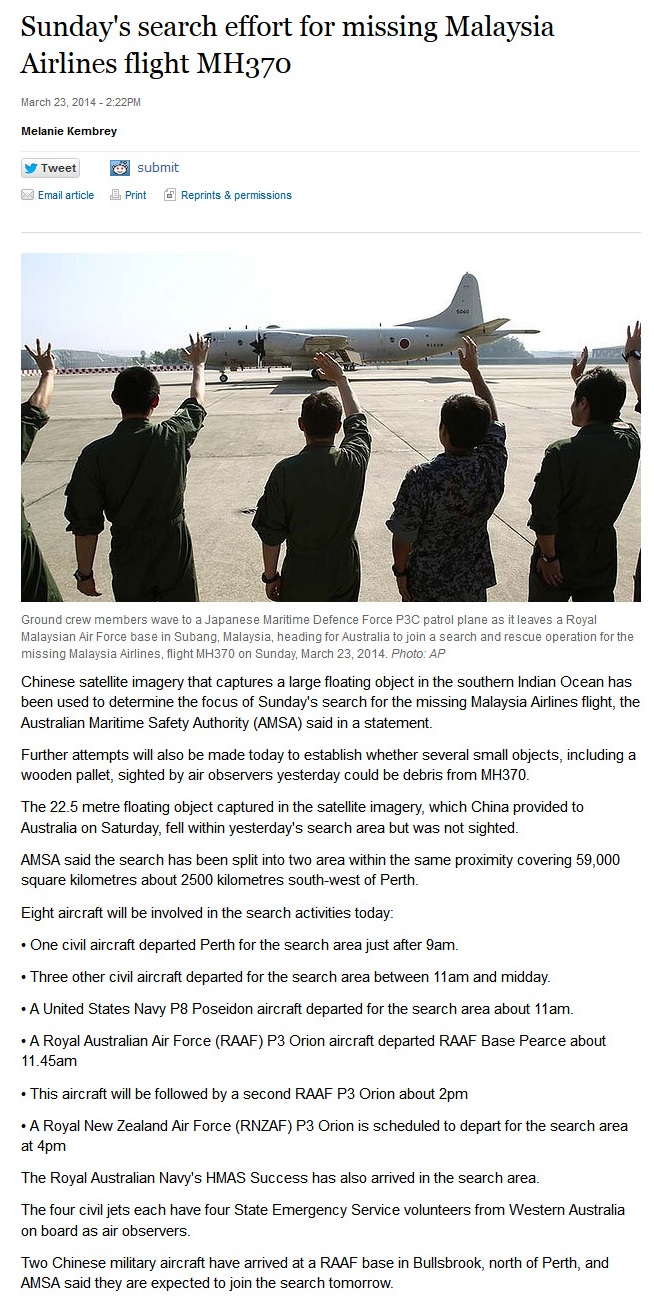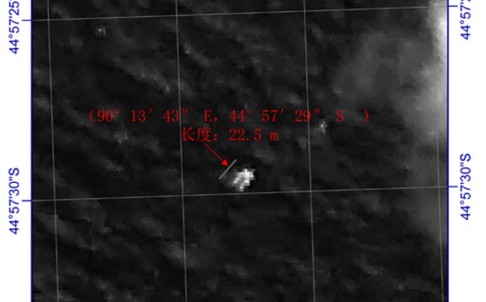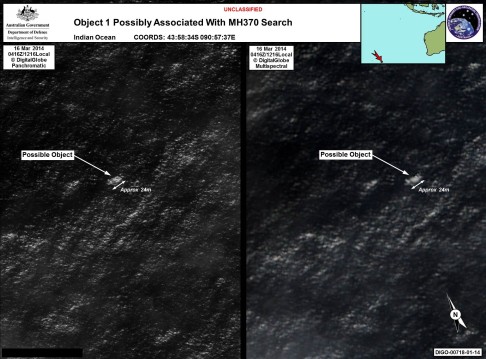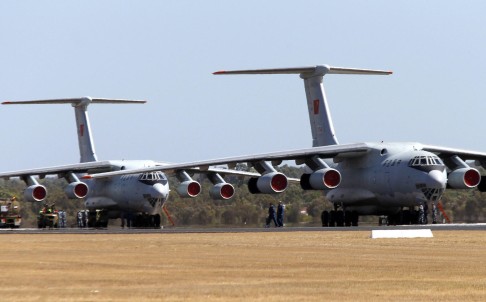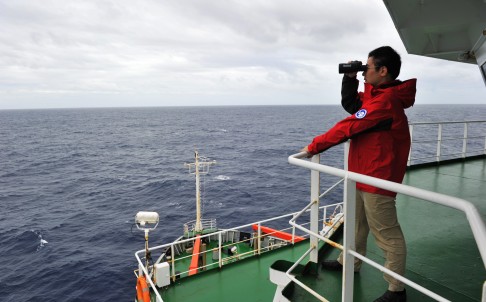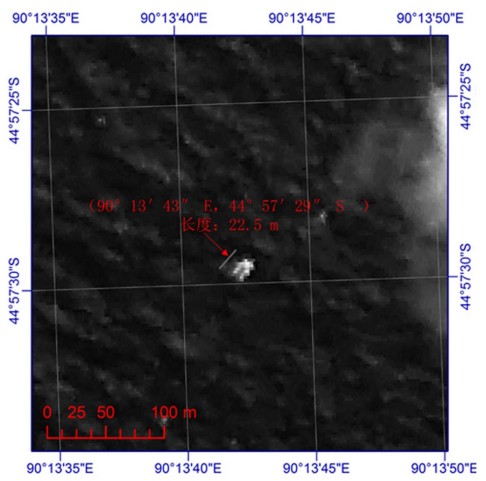- Joined
- Jul 15, 2008
- Messages
- 22,657
- Points
- 113
iz strait from n ian fleming book! ... dey shud call in james bond! ... 
Malaysian Airlines MH370: Why it’s thought provoking to recall James Bond thriller Thunderball
The very first time I read the news of Malaysian Airlines' missing Flight MH370, I felt I knew exactly how the story was going to unfold. Because Ian Fleming wrote all about it in Thunderball, his prescient James Bond thriller, published way back in 1961.
Admittedly, there's a difference: Flight MH370 is no fiction, and it was carrying 239 passengers, whose families have been going through great anxiety and grief. Nevertheless, it's thought-provoking to recall Thunderball.
Its plot begins with an aircraft that turns sharply off course during a routine night flight and proceeds to vanish off the face of the earth. The cause is a rogue pilot who has been bribed to hijack the aircraft. He has smuggled a tube ofBSE -0.40 % cyanide gas on board, and once the aircraft reaches a pre-determined point on its flight path, he says goodnight to the other crew members, puts on an oxygen mask, quietly releases the cyanide, and settles back to watch what is about to happen.
Reel Life
Soon, as Fleming describes with ghastly detail, the other crew members begin to writhe and clutch their throats, fighting for air. The last to go is the captain, who "groped towards the microphone, said something indistinctly, got half to his feet, turned slowly, so that his bulging eyes, already dead, seemed to stare at him, and then thudded down on top of the body of the co-pilot."
The rogue pilot then calculatedly adjusts the cabin pressurization to clear the poison gas and changes the aircraft's course through the night skies. Ignoring the air traffic controller's increasingly urgent messages, he turns the aircraft into the busy stream of regular trans-Atlantic commercial air traffic, and disappears. Commercial radar is too imprecise to track him, he knows, and military radar will just mistake him for an airliner that's strayed off course. By the time anybody realizes what's happening, he will have vanished without a trace.<br> <br> The rogue pilot flies almost to the American coastline, then pushes the aircraft into a tight turn, and heads south, into the final, low-level leg of his journey towards the Bahamas. He needs no runway: guided by a beacon he has been briefed to follow, he inches the huge aircraft down over the shallow waves and belly-lands precisely on the moonlit sea. He is picked up by a waiting boat, and the aircraft then settles slowly onto the shallow, sandy sea-bed just below. All that remains to be done is for a team of frogmen to draw camouflage netting over it, and the aircraft has vanished completely.<br> <br> But what happens in the interim is the central point of Fleming's plot: Western governments receive a terse letter from an international terrorist organization threatening that unless certain demands are met, they will detonate two nuclear bombs that were on board the missing aircraft.<br> <br> Given the way the current mystery has been developing, change a few details of the Thunderball plot — replace the Bahamas with, say, a remote Andaman island or a Central Asian desert, and replace Fleming's fictitious global terrorist organization with, say, al Qaeda, or Chinese separatists — and we end up with something strangely like the MH370 story. Fleming, let us not forget, used to work for <a href="/topic/British-intelligence" pg="asTopicL1" target="_blank">British intelligence</a>, and while his James Bond character may be somewhat overthe-top, his plots themselves are born of an insider's knowledge of the covert world, combined with an imagination that thought up various successful real-life counter-intelligence operations.
Into Thin Air
Aviation professionals are an unexcitable and unimaginative breed, by nature as well as by training, and airline pilot friends I've asked about Flight 370 have given me various mundane technical explanations, ranging from an inherent flaw in the 777's fuselage to electrical fire, shutdown of communications systems and hypoxia, combined with the autopilot and the aircraft's extended range, which would have caused it to fly on till it ran out of fuel and finally fall out of the sky.
Yet — despite some suspicious flotsam spotted off the Australian coast recently — there's no real evidence of any of this having happened. And two weeks have gone by without any clue — unprecedented in modern aviation history.
And, of course, there's no shortage of them — from talk of some high-tech "invisibility cloak", developed by US company, Freescale (which, coincidentally, had 20 employees on board that flight), to Pitbull and Shakira's song "Get It Started", which contains the eerie lyrics "...now it's off to Malaysia/Two passports, three cities, two countries, one day", preceded by "...I know it ain't fair/Only ball I drop, New Year's Times Square", and "...Mumbai/All lit up like a December night, 4th of July."
The fact is that with every additional day that the mystery remains unsolved, it becomes more likely that something out of the ordinary has happened, and that something really nasty is going to be revealed to us concerning Flight 370. As the witch in Macbeth said, "By the pricking of my thumbs/Something evil this way comes." We just have to wait and watch what happens next.

Malaysian Airlines MH370: Why it’s thought provoking to recall James Bond thriller Thunderball
The very first time I read the news of Malaysian Airlines' missing Flight MH370, I felt I knew exactly how the story was going to unfold. Because Ian Fleming wrote all about it in Thunderball, his prescient James Bond thriller, published way back in 1961.
Admittedly, there's a difference: Flight MH370 is no fiction, and it was carrying 239 passengers, whose families have been going through great anxiety and grief. Nevertheless, it's thought-provoking to recall Thunderball.
Its plot begins with an aircraft that turns sharply off course during a routine night flight and proceeds to vanish off the face of the earth. The cause is a rogue pilot who has been bribed to hijack the aircraft. He has smuggled a tube ofBSE -0.40 % cyanide gas on board, and once the aircraft reaches a pre-determined point on its flight path, he says goodnight to the other crew members, puts on an oxygen mask, quietly releases the cyanide, and settles back to watch what is about to happen.
Reel Life
Soon, as Fleming describes with ghastly detail, the other crew members begin to writhe and clutch their throats, fighting for air. The last to go is the captain, who "groped towards the microphone, said something indistinctly, got half to his feet, turned slowly, so that his bulging eyes, already dead, seemed to stare at him, and then thudded down on top of the body of the co-pilot."
The rogue pilot then calculatedly adjusts the cabin pressurization to clear the poison gas and changes the aircraft's course through the night skies. Ignoring the air traffic controller's increasingly urgent messages, he turns the aircraft into the busy stream of regular trans-Atlantic commercial air traffic, and disappears. Commercial radar is too imprecise to track him, he knows, and military radar will just mistake him for an airliner that's strayed off course. By the time anybody realizes what's happening, he will have vanished without a trace.<br> <br> The rogue pilot flies almost to the American coastline, then pushes the aircraft into a tight turn, and heads south, into the final, low-level leg of his journey towards the Bahamas. He needs no runway: guided by a beacon he has been briefed to follow, he inches the huge aircraft down over the shallow waves and belly-lands precisely on the moonlit sea. He is picked up by a waiting boat, and the aircraft then settles slowly onto the shallow, sandy sea-bed just below. All that remains to be done is for a team of frogmen to draw camouflage netting over it, and the aircraft has vanished completely.<br> <br> But what happens in the interim is the central point of Fleming's plot: Western governments receive a terse letter from an international terrorist organization threatening that unless certain demands are met, they will detonate two nuclear bombs that were on board the missing aircraft.<br> <br> Given the way the current mystery has been developing, change a few details of the Thunderball plot — replace the Bahamas with, say, a remote Andaman island or a Central Asian desert, and replace Fleming's fictitious global terrorist organization with, say, al Qaeda, or Chinese separatists — and we end up with something strangely like the MH370 story. Fleming, let us not forget, used to work for <a href="/topic/British-intelligence" pg="asTopicL1" target="_blank">British intelligence</a>, and while his James Bond character may be somewhat overthe-top, his plots themselves are born of an insider's knowledge of the covert world, combined with an imagination that thought up various successful real-life counter-intelligence operations.
Into Thin Air
Aviation professionals are an unexcitable and unimaginative breed, by nature as well as by training, and airline pilot friends I've asked about Flight 370 have given me various mundane technical explanations, ranging from an inherent flaw in the 777's fuselage to electrical fire, shutdown of communications systems and hypoxia, combined with the autopilot and the aircraft's extended range, which would have caused it to fly on till it ran out of fuel and finally fall out of the sky.
Yet — despite some suspicious flotsam spotted off the Australian coast recently — there's no real evidence of any of this having happened. And two weeks have gone by without any clue — unprecedented in modern aviation history.
And, of course, there's no shortage of them — from talk of some high-tech "invisibility cloak", developed by US company, Freescale (which, coincidentally, had 20 employees on board that flight), to Pitbull and Shakira's song "Get It Started", which contains the eerie lyrics "...now it's off to Malaysia/Two passports, three cities, two countries, one day", preceded by "...I know it ain't fair/Only ball I drop, New Year's Times Square", and "...Mumbai/All lit up like a December night, 4th of July."
The fact is that with every additional day that the mystery remains unsolved, it becomes more likely that something out of the ordinary has happened, and that something really nasty is going to be revealed to us concerning Flight 370. As the witch in Macbeth said, "By the pricking of my thumbs/Something evil this way comes." We just have to wait and watch what happens next.

